Sunway University ECN5023: Economics of Sustainability Assignment
VerifiedAdded on 2022/08/18
|8
|1016
|18
Homework Assignment
AI Summary
This document presents a comprehensive solution to an economics assignment focused on the economics of sustainability management. The assignment analyzes the financial sustainability of two banks, calculating their Capital Adequacy Ratio (CAR) and assessing the impact of non-performing loans (NPLs) under various scenarios. It also delves into the economic implications of an infant protection policy, evaluating the effects of tariffs and subsidies on drone imports and domestic production. The solution includes balance sheets, profit calculations, and welfare analysis, with recommendations for policy implementation. The assignment covers concepts such as CAR, NPLs, supply and demand curves, and the impact of government interventions on market equilibrium and consumer/producer surplus. Furthermore, the solution provides a detailed analysis of the economic consequences of different policy choices, comparing the effects of tariffs and subsidies on domestic production, import levels, and overall economic welfare. The document concludes with a recommendation for the government to adopt a subsidization alternative to reduce drone imports and support local producers.
1 out of 8
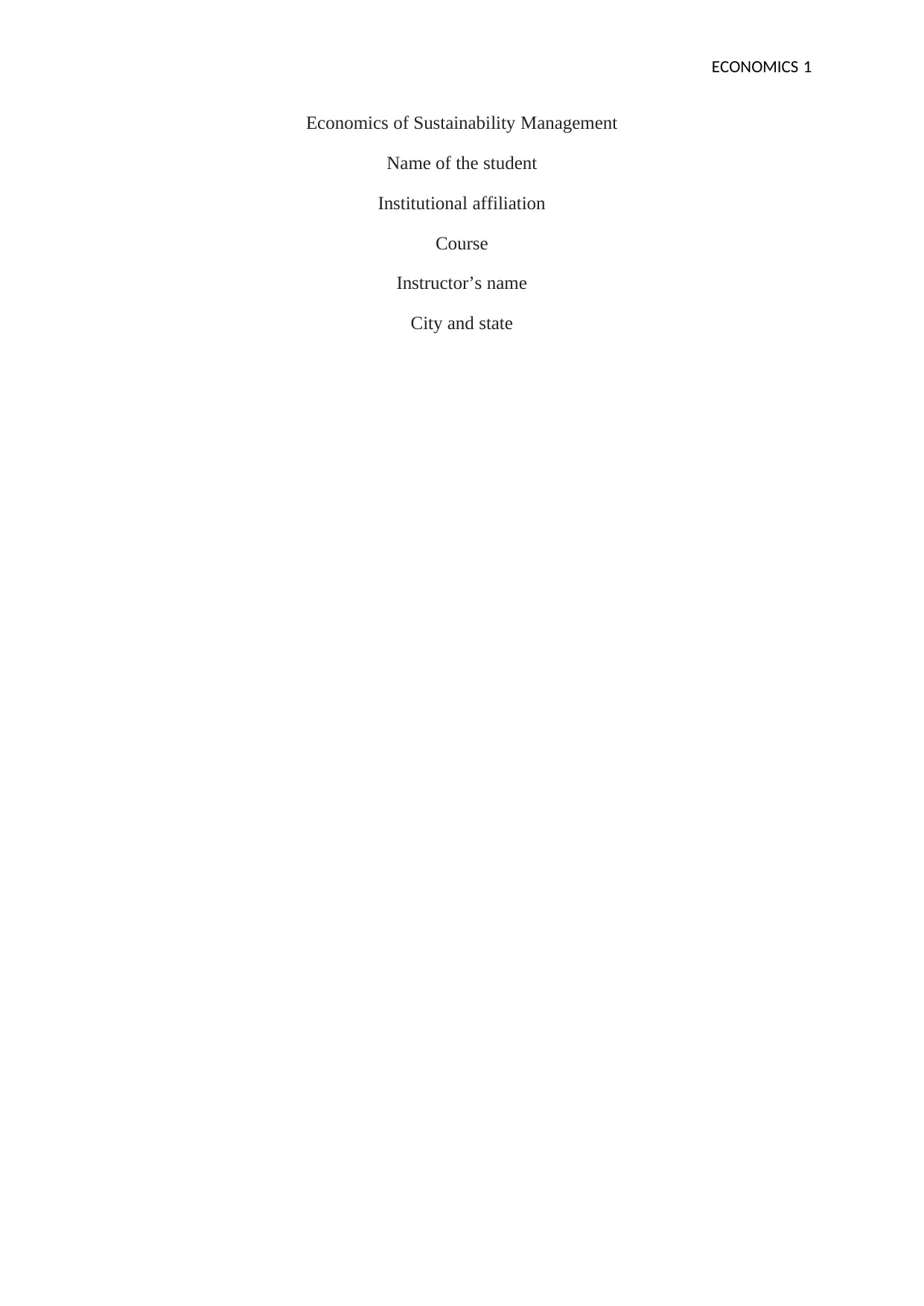
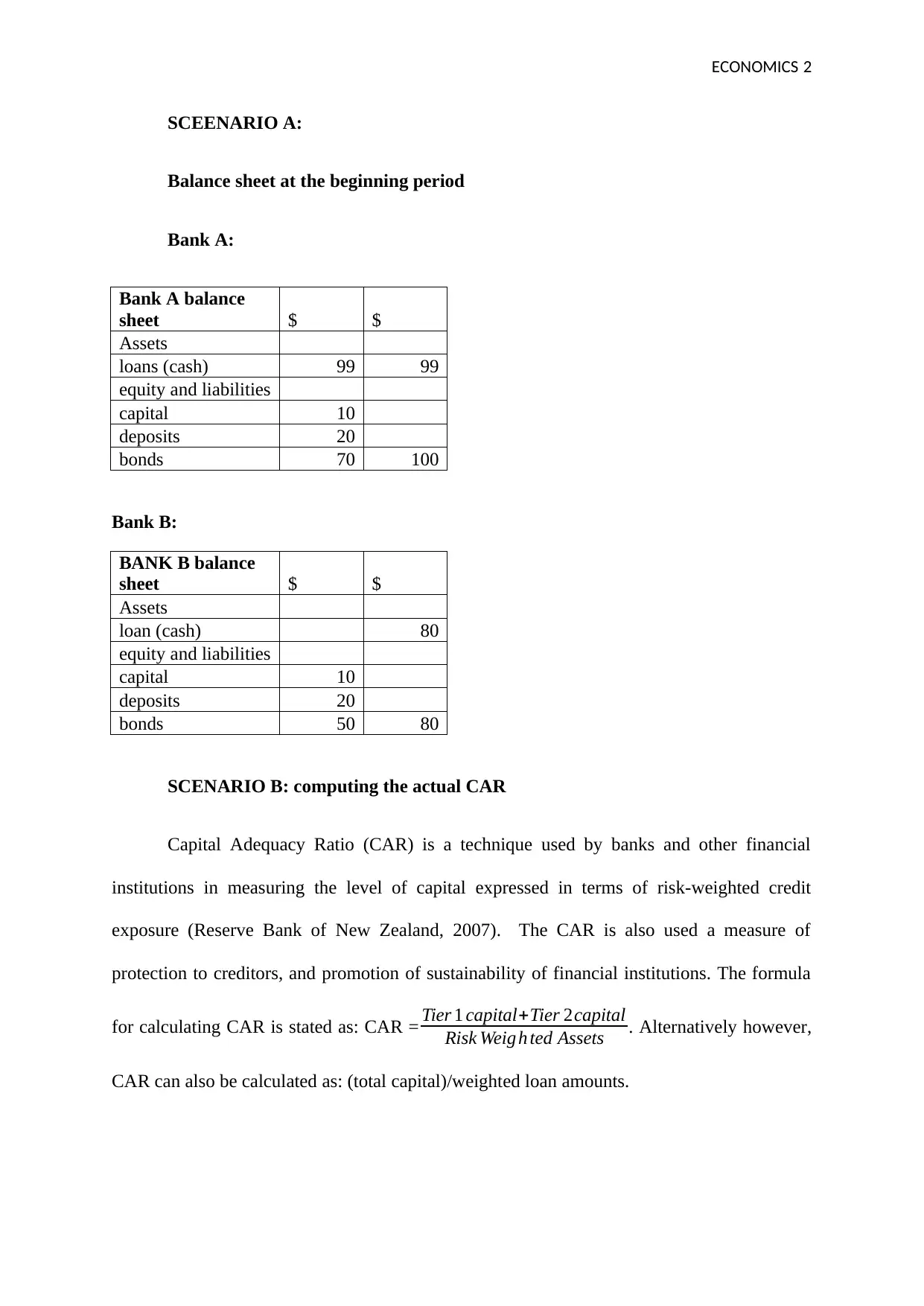
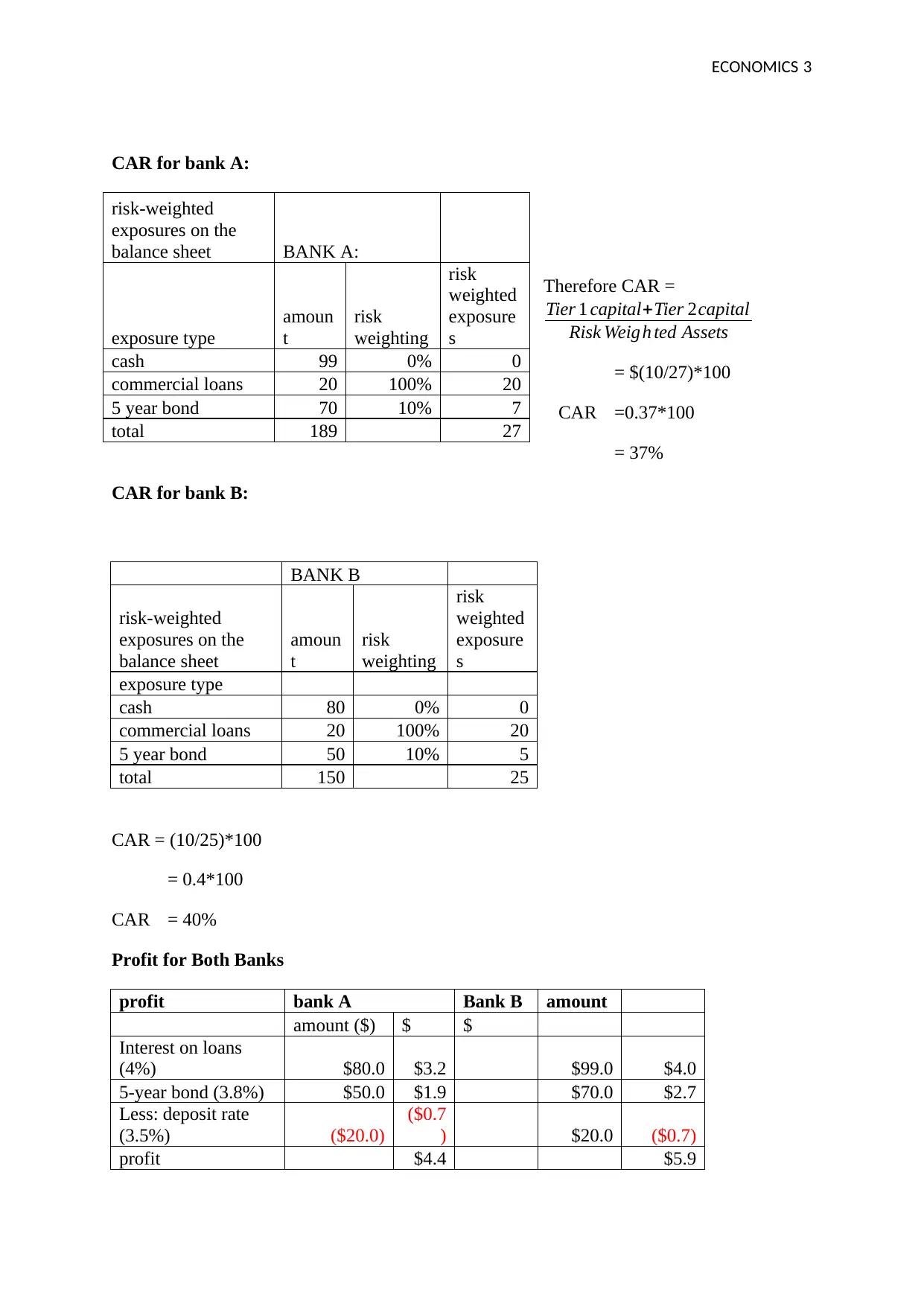

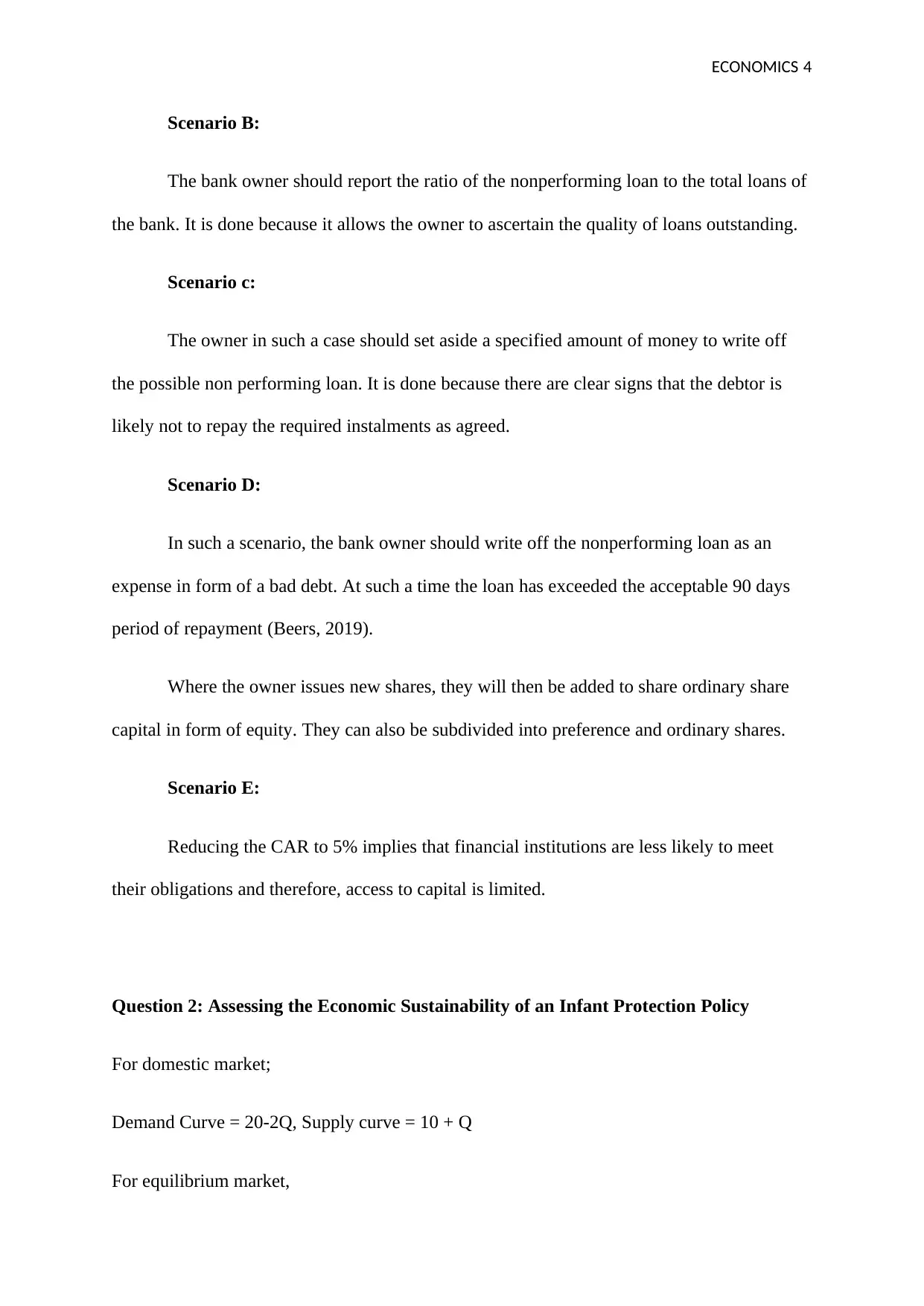
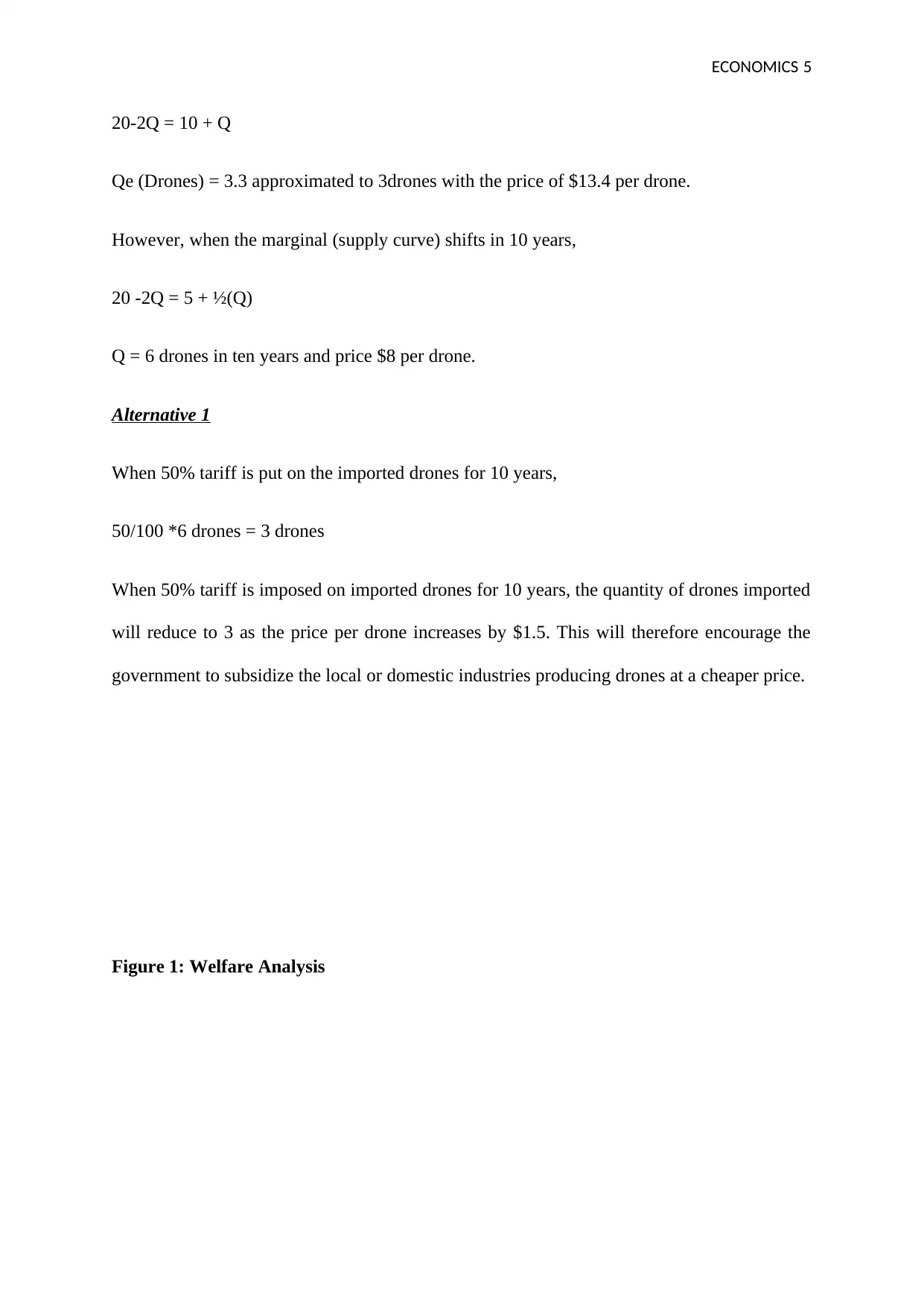
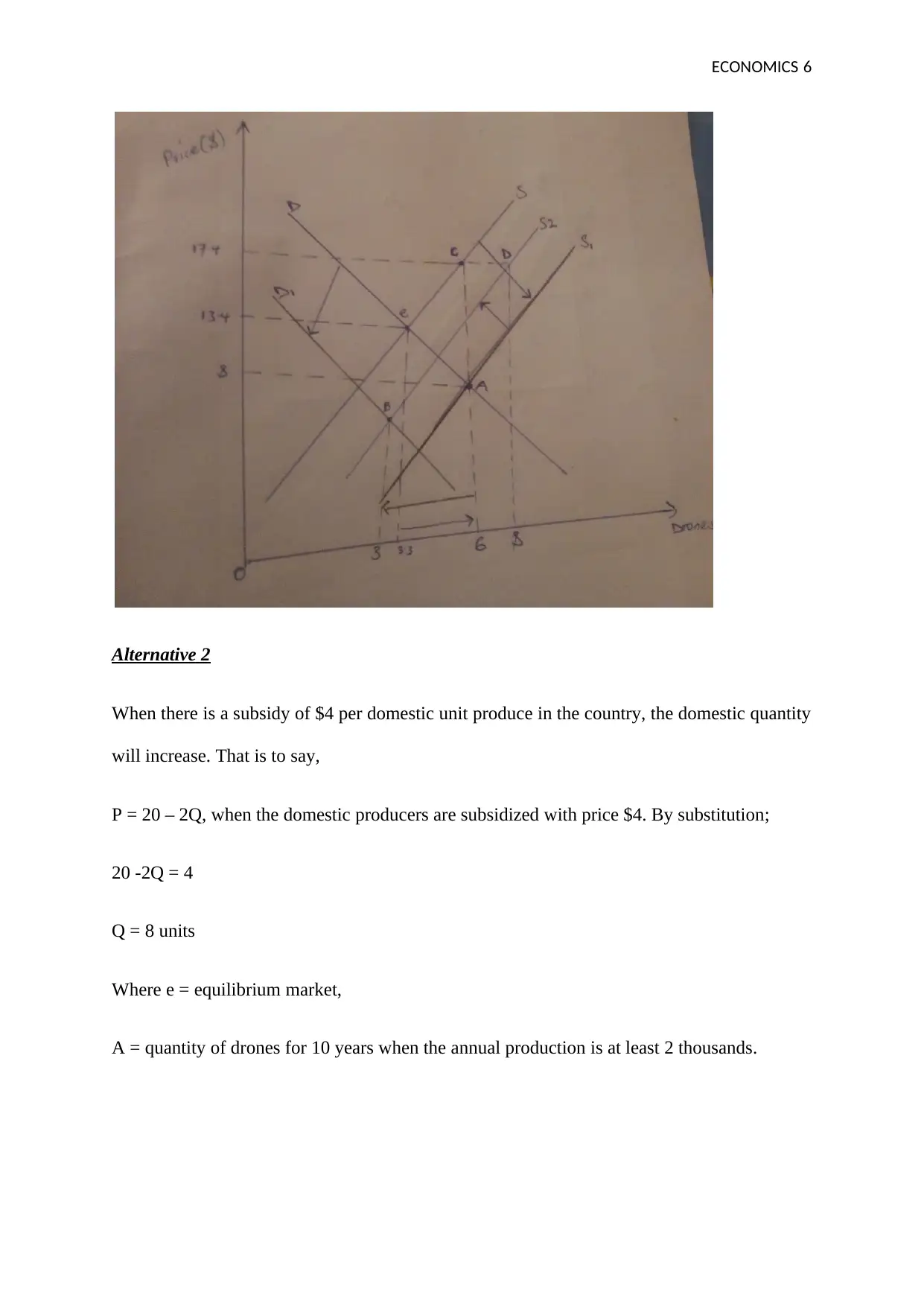
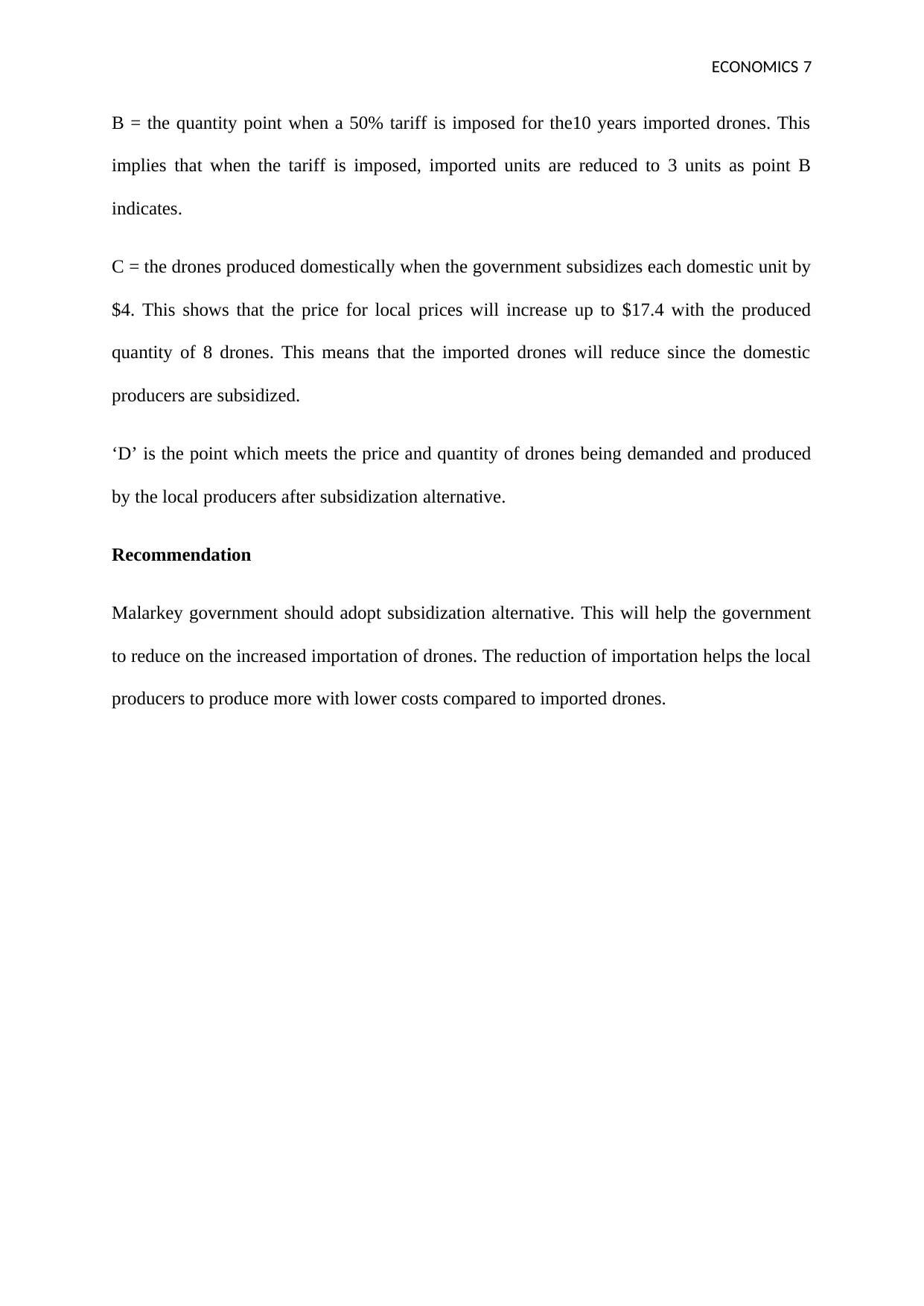
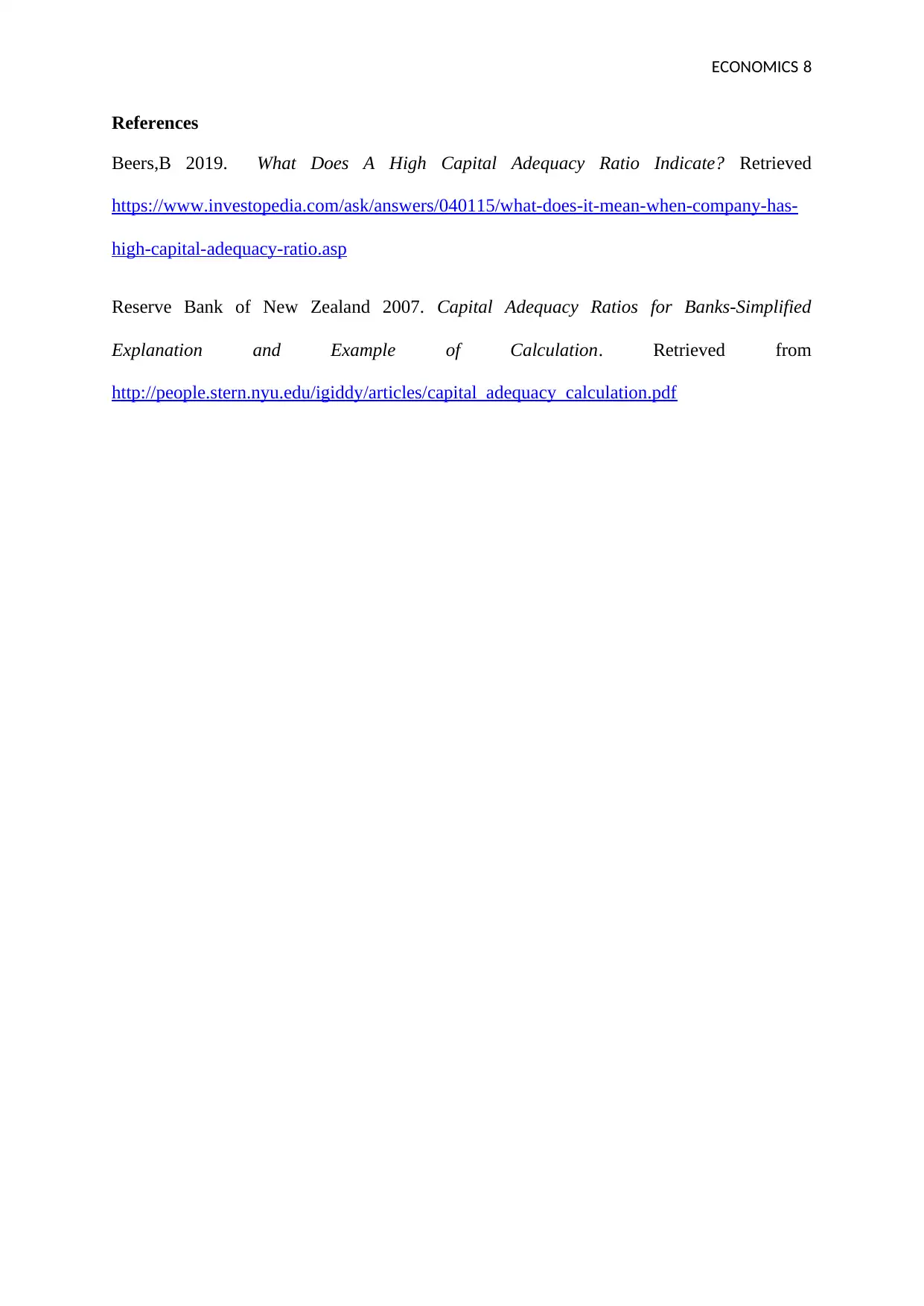






![[object Object]](/_next/static/media/star-bottom.7253800d.svg)